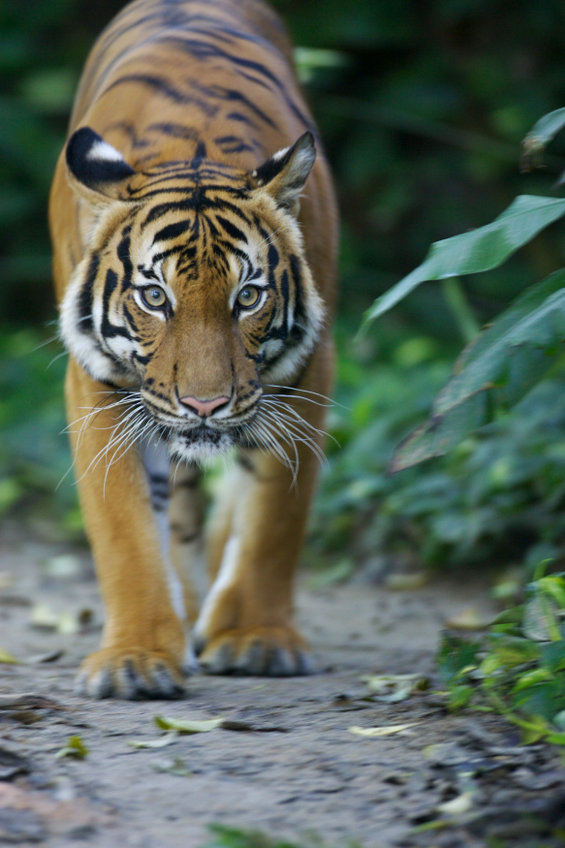7 Wildlife Wonders of Malaysia
7 Wildlife Wonders of Malaysia

When Malaysia is mentioned somewhere, the first couple of things that jump in the minds of people are the appetising range of food, the multicultural community, and tropical sunny conditions throughout the year. For many individuals, these are more than enough reasons to mandate taking a flight to this corner of the world. Look at it this way, who wouldn’t fancy wearing summer clothing every day and get to indulge in some of the palatable dishes on the planet? If you are looking to go to the Kinabatangan river then see here.
However, one aspect that perhaps most individuals don’t know is that Malaysia provides a thriving habitat for an array of animals – largely because of its tropical rainforest. Malaysia is nearby the equator and experiences hot and humid conditions which make this country the ideal tropical wildlife terminus.
Together with World Wildlife Day on March 3rd, we bring to you seven wildlife wonders that Malaysia has to offer. Unfortunately, as a result of human activities, most of these animals mentioned here have had their numbers significantly drop. For this reason, catching them in their element is hard in most cases, and even impossible in some areas. The final three animals mentioned on this list are most likely to be seen in the wid. Therefore, for all those animal enthusiasts interested in Mother Nature and her majestic creatures, here are some of the wildlife wonders you can expect to encounter whilst you’re in Malaysia.
Among the animals that elicit awe like no other is undeniably the Malayan tiger. Its brawny and strong look is actually what makes Malaysians idolise this big cat and select it as the national animal of the country. Did you know that that Malaysia’s court of arms features this tiger? Well, it does. Popular referred to as harimau belang, which means ‘striped tiger’, this local cat is indigenous to the Peninsular Malaysia jungles. Unfortunately, as a result of unrestrained poaching and rapid deforestation, the Malayan tiger is facing extinction and has been categorised as an endangered animal with only around 250-340 remaining.
Locally referred to as cipan or tenuk, the Malayan tapir is the biggest of the four prevailing tapir species and is mostly located in the Peninsular Malaysia lowland tropical jungles. Characteristically, tapirs capture your attention with their light-coloured or large white patch stretching from the shoulder rear end, while the remainder of the body is dark-coloured or black. This distinct colour is also what assists them to hide since predators usually confuse them with a large rock.
The tapir eats forest amenities such as fruits, leaves, berries, and anybody who has had the opportunity of seeing them is well aware that this pig-like animal with a short snout is quite a swimmer and runner. As a matter of fact, they can sprint through forest thickets and dive into deep pools of water or rivers. Even though many of their predators are also excellent swimmers, they don’t match the tapir’s prowess which can remain submerged in water for a minute, thus eluding its predator. In spite of their abilities to elude predation, the Malayan tapir can’t escape the clutches of humans and is actually listed among endangered animals because of habitat loss.
The Sumatran rhinoceros are the least of all rhinos and are the only rhinos located in Asia with two horns. In fact, they are the species in danger of extinction located here. At some point in the past, the Sumatran rhinoceros was among the most populated animals in the jungles of Sabah and Peninsular Malaysia, but things took a turn for the worst and these days, it is among the most rhino species at risk of extinction. This is largely because of uncontrolled poaching for its horn and human deforestation which has taken a great toll on its habitat.

